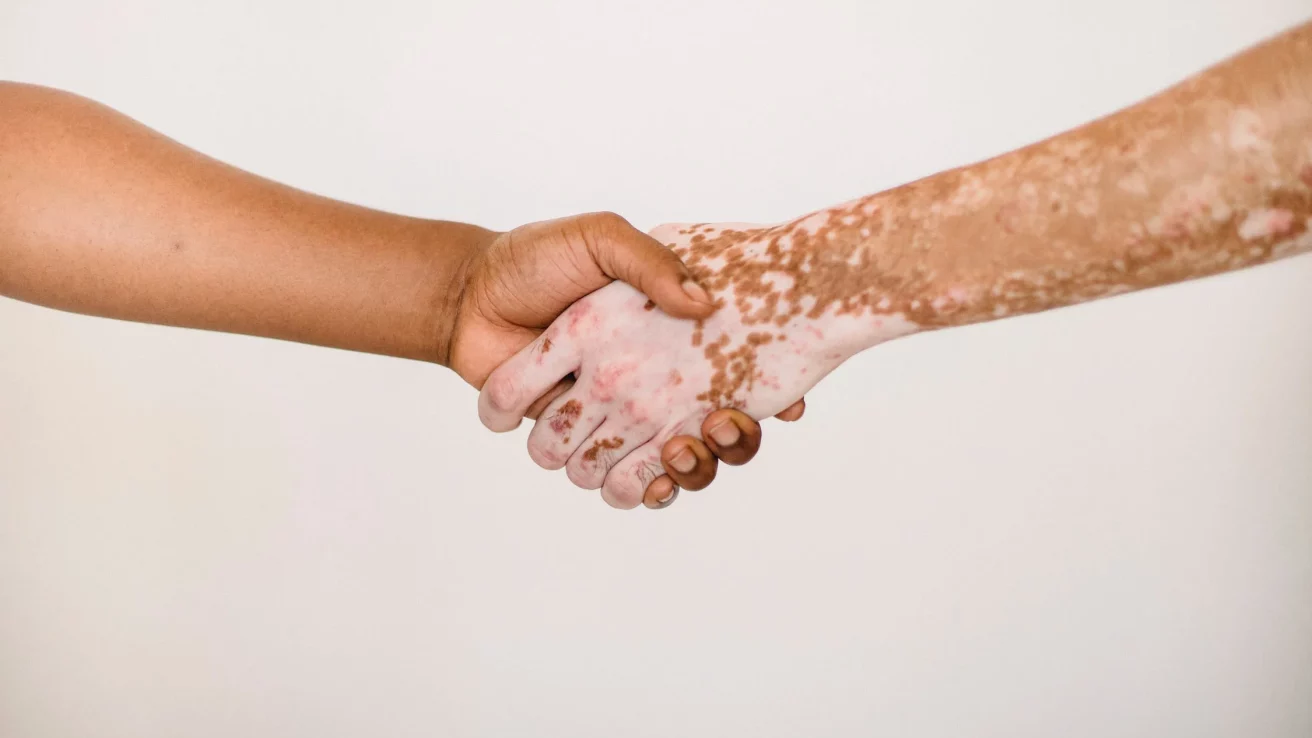Currently, there is no cure for vitiligo. However, treatments are available to help manage symptoms and improve well-being.
Vitiligo is a skin condition that causes the loss of melanin in the skin, resulting in poorly melanated or unmelanated patches that appear pale to white in color. It most commonly affects people with dark skin but can affect anyone. Many people with vitiligo are concerned about whether or not it can be cured.
There are several treatment options you can consider with your doctor to help manage the appearance of your skin. These treatments can help darken the remaining areas of the skin, making them less noticeable or even wholly unnoticeable.
Surgical procedures can also be performed by a dermatologist or other qualified medical professional to help improve the appearance of the skin if you have severe vitiligo. These procedures may involve transplanting melanocytes (pigment cells) from another part of your body into the affected area.
It is important to take care of your emotional well-being if you have vitiligo. This condition can cause stress and anxiety, which can aggravate symptoms. In addition, it’s important to practice good habits, such as wearing sunscreen and protecting your skin from the sun’s harmful rays, to prevent symptoms from worsening.
If you have vitiligo and are concerned about how it may affect your health, talk to a doctor. They will be able to help you understand what is causing your symptoms and how they can be treated.
It’s also important to keep track of any changes in your symptoms. If you notice something new or different happening with your body, don’t hesitate to let your healthcare provider know.
Source:
Ludman P. (6/29/22). MS Vitiligo: Diagnosis and Treatment. Retrieved from: https://www.aad.org/public/diseases/a-z/vitiligo-treatment








